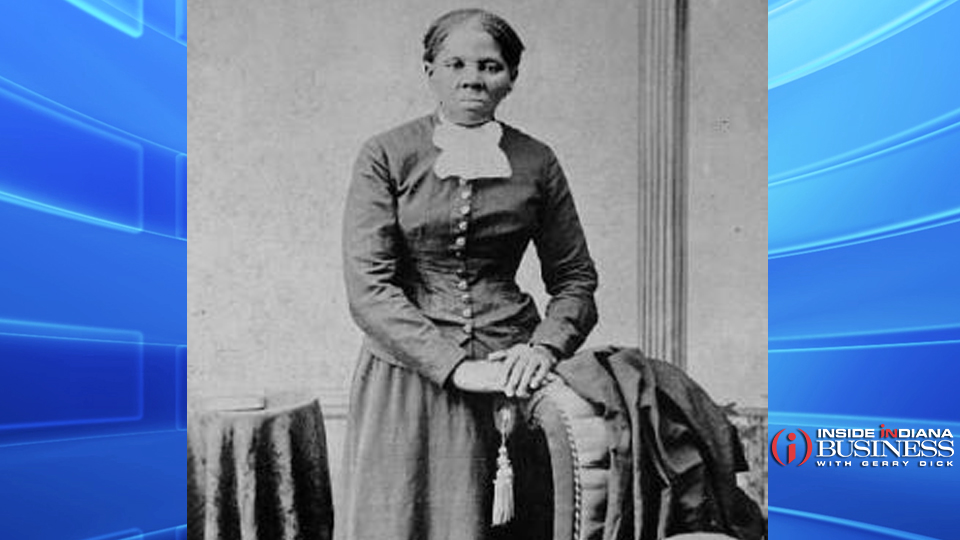Couple Wants to Bring Harriet Tubman Statue to South Bend
Subscriber Benefit
As a subscriber you can listen to articles at work, in the car, or while you work out. Subscribe Now
Bob and Pat Kill like to leave their South Bend home during winter and spend the season in a place where they don’t have to shovel a foot of snow.
It was in St. George, Utah — a small, artsy town in the southwestern part of the state, near the border with Nevada and Arizona — that the couple found a gem.
The Kills discovered a statue of abolitionist and underground railroad conductor Harriet Tubman. Bob was impressed by the level of detail that sculptor Gary Lee Price brought to the piece.
“The artistry is very impressive, and even more impressive is the story of Harriet Tubman,” Bob said.
The Kills were so moved by the piece that they purchased a small, unfinished model of the statue and brought it back to South Bend.
Here, they showed it to Alfred Guillaume, who is a retired Indiana University South Bend professor, and his wife, Melanie Smith-Guillaume.
The Guillaumes immediately saw its value and agreed with the Kills that a full-size version of the statue should be placed in a park in South Bend.
A mini version of the Tubman statue some residents of South Bend are raising money to have brought here.
Alfred said although Tubman operated on the Maryland branch of the underground railroad, her work as an abolitionist can be used to tell the story of underground railroad conductors who operated in Indiana and Michigan.
The retired professor noted that the Michiana area played a role in resistance efforts to return escaped slaves to bondage. The efforts led to the passage of the Fugitive Slave Act of 1850, a reaction to the aid that escaped slaves received in the North.
Alfred said the statue of Tubman would have “extraordinary educational value” in South Bend.
“She is a true American hero who represents the struggle of Black people trying to be free,” he said. “Hers is a story of courage resilience, determination and survival that is the story we want our citizens to understand.”
An online appeal to bring the statue to South Bend says “The Levi Coffin House in Fountain City, Indiana was known as Grand Central Station of the Underground Railroad. It is now listed as a National Historic Landmark.
Nearby, Vandalia, Michigan served as a juncture of two Underground Railroads. And here in South Bend, at the old courthouse, Blacks and Whites gathered together to protect, and ultimately, help free a Black family escaping from slavery in Kentucky.”
Gladys Muhammad, who is a part of the effort to raise the estimated $60,000 needed to purchase the statue, transport it and install it in South Bend, said she wanted to be part of the “awesome project” because she considers Tubman a hero.
Muhammad said children and adults could sit on the bench and consider the role Tubman played in the fight for freedom.
Guillaume said the fundraising effort is about halfway to its goal. Supporters of the effort want the statue to be placed in a park, and they are working to build consensus around where that might be.
Aaron Perri, director of South Bend’s Venues, Parks and Arts department, said the city views the Tubman statue as a work of public art and supports installing it in a public space.
“You’ve seen us introduce quite a few things in recent years, most notably things like the River Lights and Studebaker Fountain,” Perri said. “We are supportive of public art, and this particular proposal we are enthusiastic about.”
Perri said the Board of Park Commissioners must approve any permanent fixture for a park.
Those wishing to make donations can mail them to Project Impact South Bend, Inc., ATTN: Tubman Statue, 55501 Moss Road, South Bend, IN 46628-5424, or by visiting www.t.ly/dP4v.
